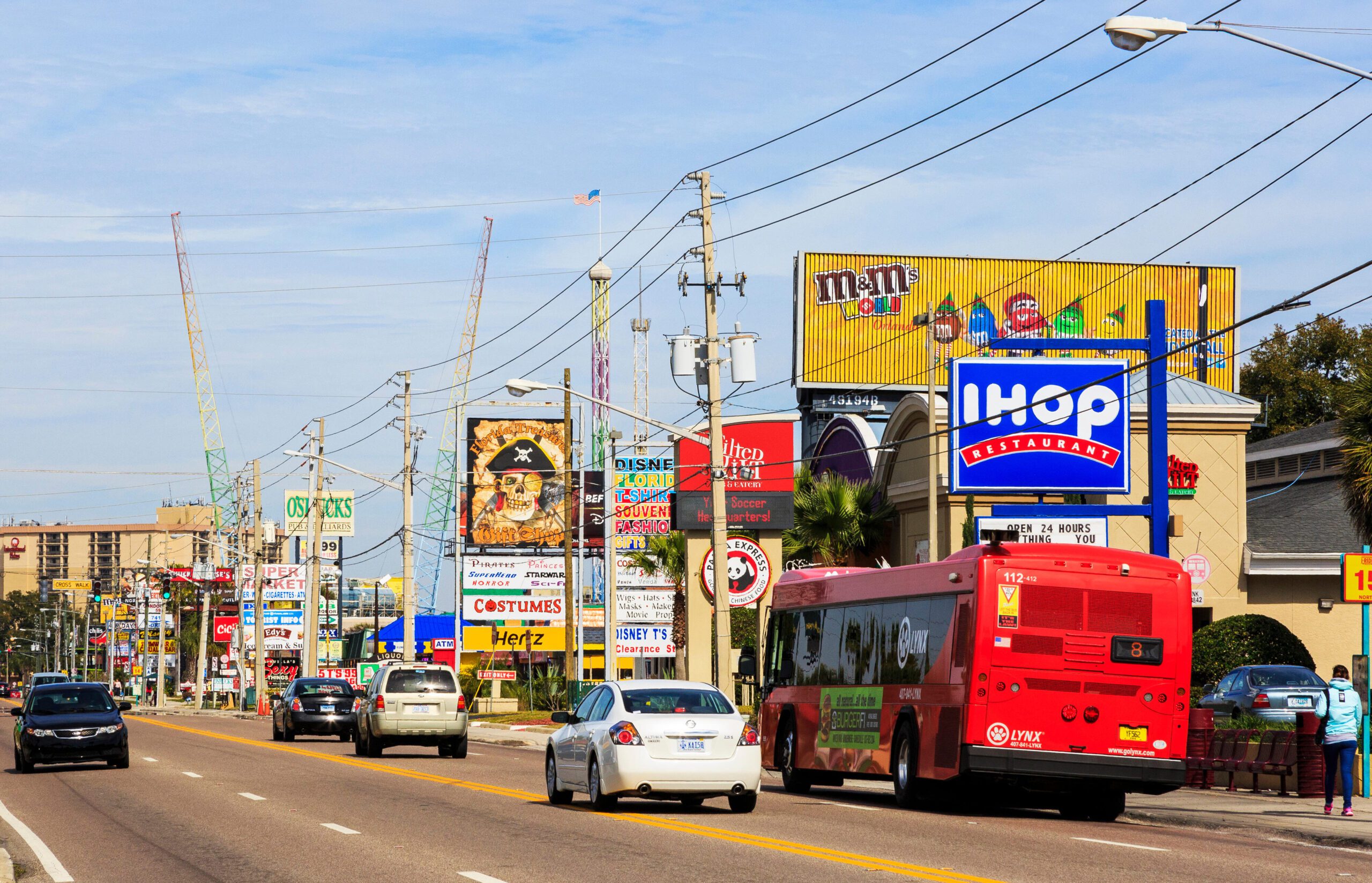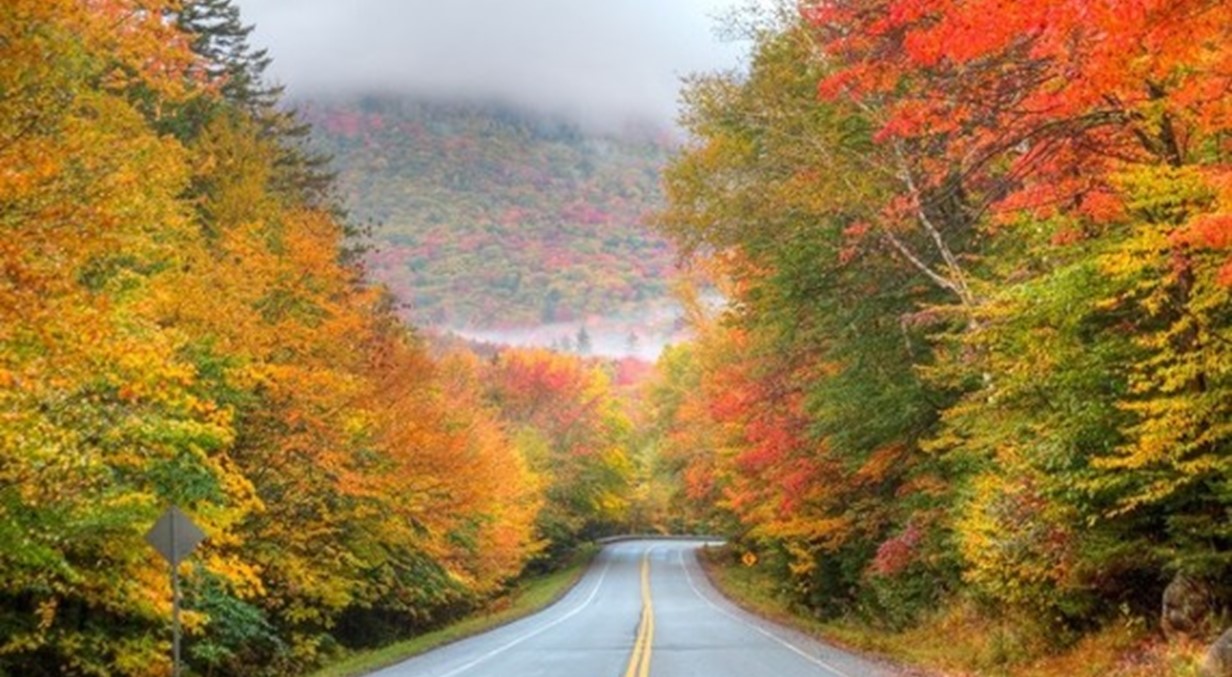Sample Framework for an Advertising Moratorium in a Town, City, or Other Locality
The following text can serve as a framework for crafting anti-billboard legislation on the municipality level:
Resolution authorizing and directing the Manager and the Zoning Administrator of ___(Municipality)___ to place a six (6) month moratorium on the erection, size modification and/or approval of all advertising signs in all zoning districts, pending enactment of legislation governing such signs.
Be it resolved that the Council of the Borough of ___(Municipality)___ hereby enacts as follows:
Section 1. The prohibitions in this bill do not apply to permitted uses.
Section 2. The Council authorizes and directs the Borough Manager and the Zoning Administrator to place a six (6) month moratorium on the erection, size modification and/or approval of all advertising signs in all zoning districts, pending enactment of legislation governing such signs.
Section 3. This moratorium is not intended to hinder the changing of advertising displays on existing signs or the day-to-day maintenance of existing signs.

Statewide Billboard Bans
Five states– Alaska, Hawaii, Vermont, Maine, and Rhode Island–currently prohibit new billboard construction. Oregon has adopted a statewide cap-and-replace law, meaning that no one may erect a new billboard until they remove an existing one. In fact, if a person wishes to erect a tri-vision billboard in Oregon, they must remove three static billboards.
The following sample legislation is based on language used by Alaska, Hawaii, Vermont, Maine, and Rhode Island. This language has withstood repeated challenges from the billboard industry.
Section 1. Findings and declaration of policy:
The Legislature hereby finds and declares:
- That the proliferation in number, size, and manner of outdoor advertising unreasonably distracts operators of motor vehicles and promotes confusion with regard to traffic lights, signs, or signals or other interference with the effectiveness of traffic regulations and is therefore hazardous to highway users;
- That the excessive and inadequately controlled proliferation of billboards visible from highways endangers the uniqueness of our state and our communities and our scenic beauty;
- That tourism and trade from both resident and nonresident highway users is an essential part of our economy;
- That tourist-oriented directional signs and logo signs offer businesses cost-effective means of announcing their presence to the highway users without harm to our state’s scenic beauty.
The erection and maintenance of new outdoor advertising signs, displays and devices in areas adjacent to Interstate highways, primary highways, and all state roads should be prohibited in order to protect the public investment in such highways, preserve the state’s scenic beauty and distinctiveness, and promote the general health and welfare of the motoring public.
Section 2. Definitions:
A. “Outdoor advertising” includes any outdoor sign, display, or device used to advertise, attract attention to or inform and which is visible to a person on the main-traveled way of a highway of the interstate, primary, or secondary systems in this state, whether by printing, writing, painting, picture, light, drawing, or any other means.
B. “Official business directional sign” means a sign erected and maintained by the state or an entity authorized by the state to indicate to the traveling public the route and distance to public accommodations or commercial services for the traveling public.
C. “Tourist-oriented directional sign” means a sign erected and maintained by the state or an entity authorized by the state to indicate to the traveling public the route and distance to points of scenic, historic, cultural, educational, religious, and recreational interest.
D. “On-premises outdoor advertising sign” means an accessory sign which directs attention to a business, profession, commodity, service, or entertainment carried on, sold, or offered on the same premises as the sign.
E. “Off-premises outdoor advertising sign” means any sign not including official business directional signs or tourist-oriented directional signs that promotes products, services, or activities not sold or conducted on the premises on which the sign is located.
F. “Billboard” means any off-premises outdoor advertising sign excluding official business directional signs, tourist-oriented directional signs, and signs erected on transit system vehicles or shelters with areas of less than 100 square feet.
G. “Interstate, federal aid primary, or the National Highway System (NHS)” covers roads that receive federal aid or are considered to be part of the NHS; “state roads” are any roads built or maintained in whole or in part by the state or with the aid of state funds.
Section 3. Prohibition of New Billboard Construction:
On and after the effective date of this Act, the Department of Transportation shall not accept applications for any new permits for billboards along any Interstate, federal aid primary road, National Highway System or state highway or along any other road in the state.
Section 4. Construction of Permitted Billboards:
Any holder of a permit for a billboard who has not started construction of the billboard as of the effective date of this act may initiate construction within 90 days of the effective date of this act. If the holder fails to do so, the Department of Transportation shall revoke the permit and refund all fees paid to the Department by the holder in relation to the permit.
Section 5. Maintenance and Repair of Existing Billboards:
A. Any billboard lawfully erected prior to the effective date of this act may be maintained in accordance with Department of Transportation standards and ordinary business practices.
B. Any lawfully-erected billboard damaged by the negligent or malicious action of another party may be repaired to its original condition.
C. Any lawfully-erected billboard which deteriorates either through ordinary wear and tear or is damaged by natural forces or an act of God to the extent that the cost of repair or reconstruction of the billboard exceeds fifty percent of its fair market value as determined by the Department of Transportation shall be removed by the owner.
D. Repair, reconstruction, and maintenance of a billboard shall only include those actions required to restore the billboard to its original structural and mechanical condition. Such actions shall not include increasing the size or height of the billboard, converting the billboard to a multiple message or trivision sign, or adding any attachments to the billboard.
Section 6. Increase in Permit Fee and Inventory of Billboards:
A. As of the effective date of this Act, the annual fee to renew a permit for a billboard shall increase by $200 per sign face.
B. The Department of Transportation shall use additional revenues resulting from subsection A. to conduct a thorough statewide inventory of all billboards, including plotting the exact location of each sign, determining whether or not each sign has a valid permit from both the Department and any local government agency charged with regulating billboards, determining the age of the sign and its condition. In compiling this inventory, the Department shall cooperate with billboard permit holders, local governments, the Federal Highway Administration, non-governmental organizations, and citizen groups concerned with scenic conservation and transportation.
C. Upon completion of the above-referenced inventory, the Department shall initiate the removal of all signs operating without a valid permit.
D. Upon completion of the inventory referred to in subsection B and the removal of all illegal signs called for in subsection C, the annual billboard permit fee shall decrease by $100 per sign face.
Section 7. Development of Official Business Directional Signs:
The Department of Transportation is directed to develop, construct and contract with public and private entities for the construction and maintenance of official business directional signs in addition to any such signs currently operated by the Department. The Department shall consult with scenic conservation groups, businesses and business organizations, and local governments to facilitate the development of these signs in such a way as to allow businesses to reach the traveling public without the deleterious impact of billboards on scenery.
Section 8. Agreement with the Federal Government:
The Department of Transportation is authorized to seek any modification of the state’s agreement with the United States Department of Transportation concerning the control of outdoor advertising to ensure that the intent of this Act is carried out and to ensure continued compliance with the agreement.
Section 9. Severability:
This Act is hereby declared severable. In the event that any provision of this Act is declared invalid or unconstitutional by a court of competent jurisdiction, such decision shall not affect the validity or the enforcement of either this Act as a whole or any parts not declared invalid or unconstitutional.
Section 10. Conflict:
If any part of this Act is found to be in conflict with any other state law or regulation, the most restrictive or highest standard shall prevail.
Section 11. Effective Date:
This Act shall be effective upon signature by the Governor
Scenic America believes that stopping new billboard construction is the single most effective way to stop billboard blight from getting worse. Such a prohibition does not force the removal of a single billboard, nor does it take anyone’s property. However, it can ensure that areas currently unsullied by billboards remain that way forever. We stand ready to assist states and communities in tackling these important issues.



